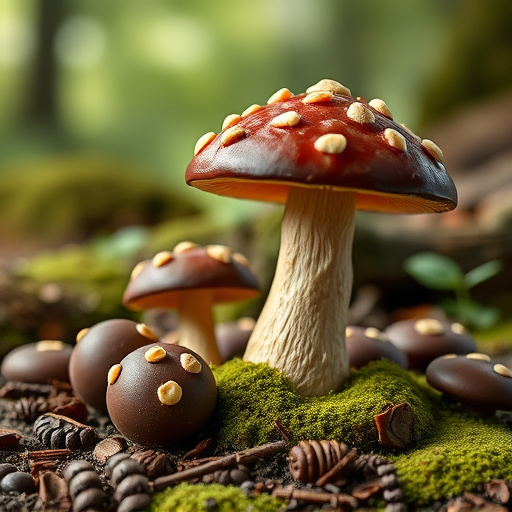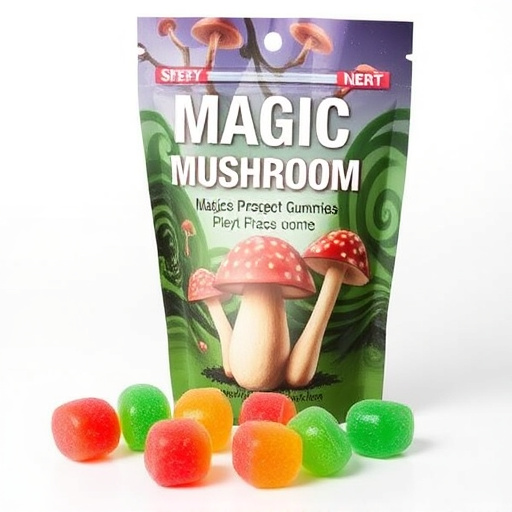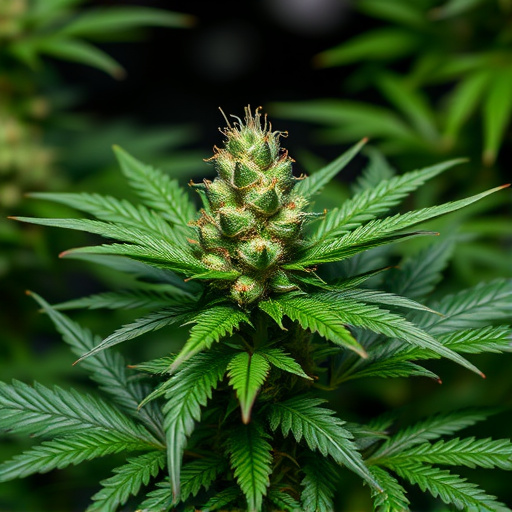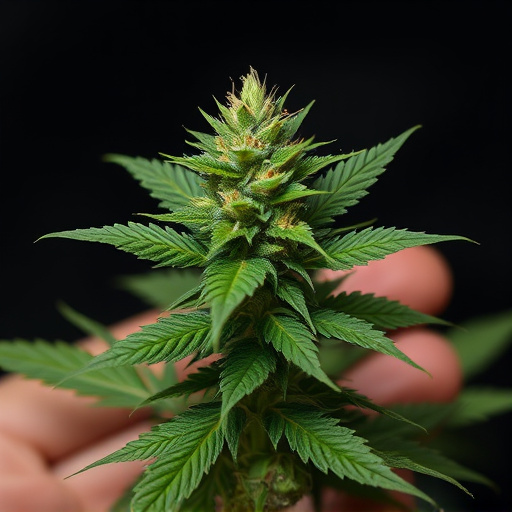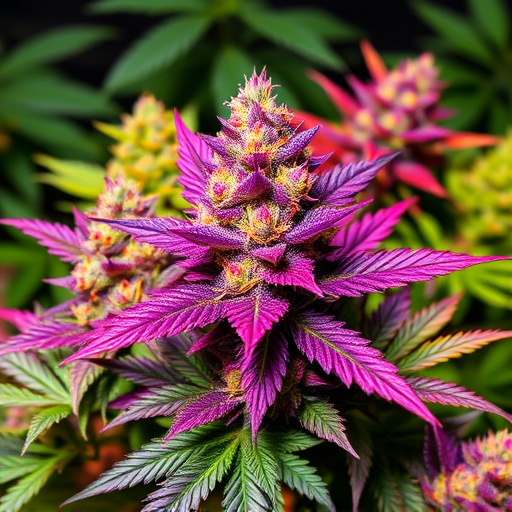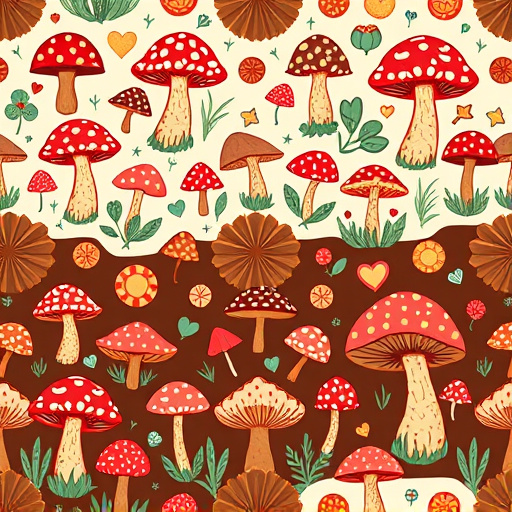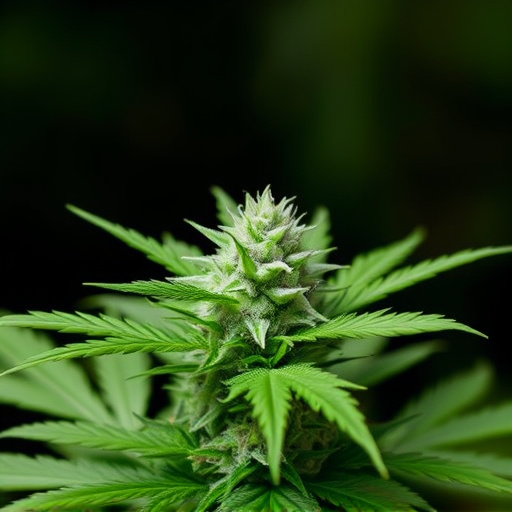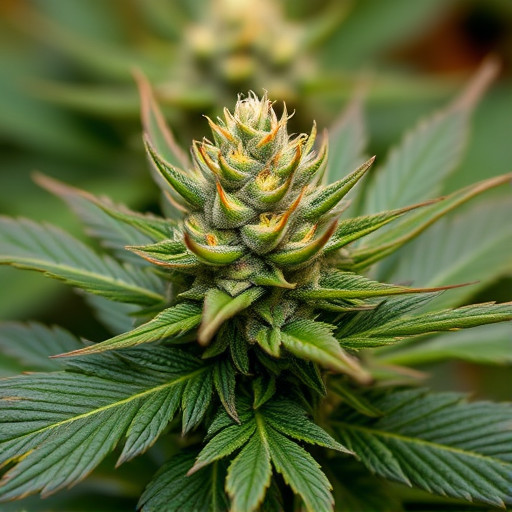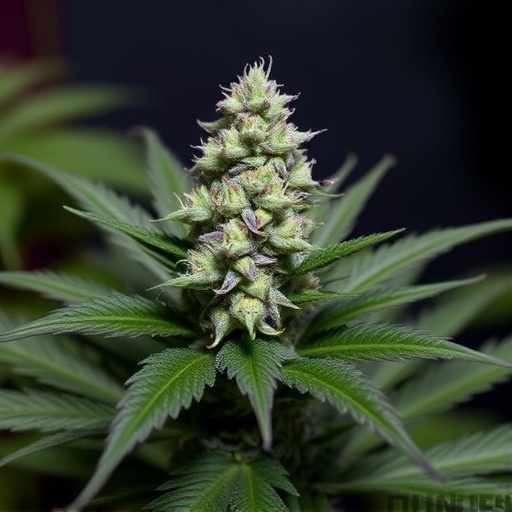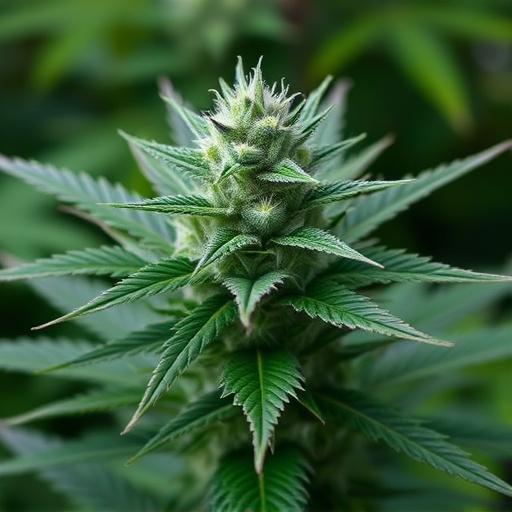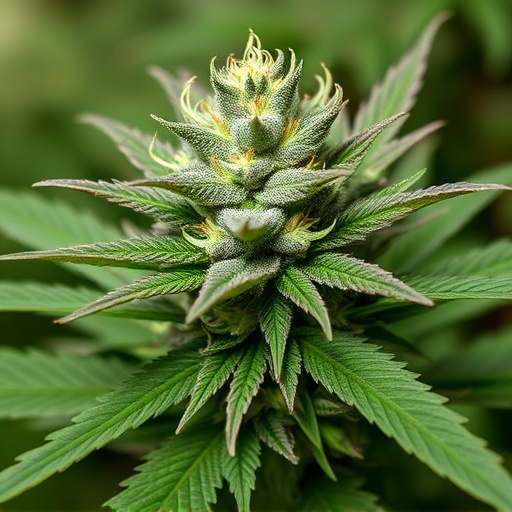The unique aroma of the best cannabis strains stems from their genetic makeup and terpene profiles, with compounds like myrcene, limonene, and linalool evoking distinct feelings. Environmental conditions, such as outdoor cultivation, significantly impact terpene production, adding to the aromatic complexity. Cultivators can manipulate these factors, including temperature, humidity, light, and nutrients, to create specific aromas catering to diverse consumer preferences, thus ensuring the best cannabis strains meet individual needs and desires.
Unraveling the enigmatic aroma of cannabis is a fascinating journey into its very essence. This article explores the intricate factors that shape the diverse scents of The Best Cannabis Strains, delving into three key aspects. From genetic composition and terpene profiles to environmental influences and cultivation techniques, each element plays a pivotal role in crafting the unique aromas we love and seek. Prepare to discover how these elements combine to create the captivating bouquet of cannabis.
- Genetic Composition and Terpene Profile
- Environmental Factors and Terpenes
- Cultivation Techniques and Aroma Development
Genetic Composition and Terpene Profile
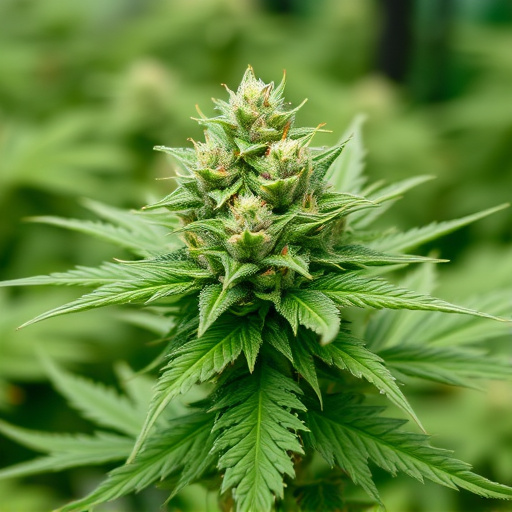
The genetic composition of a cannabis plant plays a significant role in determining its aroma profile. Different strains, or varieties, possess unique combinations of genes that influence the development of various chemical compounds responsible for scent and flavor. For instance, certain genetic traits can enhance the production of specific terpenes, which are aromatic molecules contributing to the distinctive smell of cannabis. These terpenes not only add complexity to the aroma but also interact with cannabinoids, potentially enhancing or modifying their effects.
Among the best cannabis strains known for their exquisite aromas, a consistent factor is the well-defined terpene profile. Terpenes like myrcene, limonene, and linalool are commonly found in many popular varieties. Myrcene, with its earthy and musky notes, is often associated with relaxation and sleep. Limonene offers bright, citrusy accents, evoking feelings of happiness and focus. Linalool, prevalent in lavender-scented strains, promotes calmness and is known to have sedative properties. The specific combination and ratios of these terpenes contribute to the unique aroma and potential therapeutic benefits attributed to each strain, making them desirable choices among cannabis enthusiasts.
Environmental Factors and Terpenes
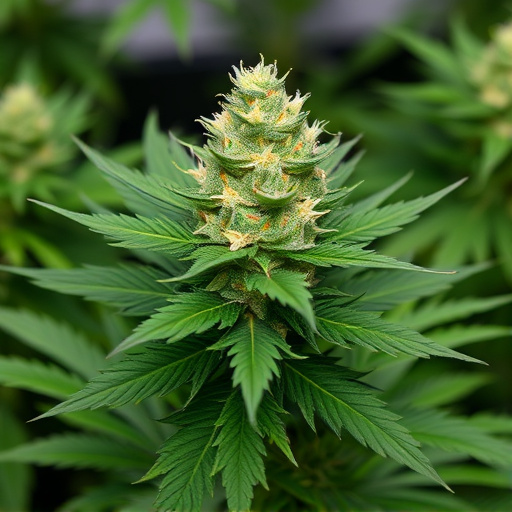
Environmental factors play a significant role in shaping the aroma and overall experience of cannabis. The cultivation conditions, including climate, soil quality, and growing practices, can greatly impact the final product. For instance, outdoor-grown cannabis often develops more diverse terpene profiles due to natural exposure to sunlight, wind, and varying temperature ranges. These external influences contribute to the complexity of aromas, creating unique experiences for consumers looking for the best cannabis strains.
Terpenes, organic compounds responsible for the distinct flavors and scents in cannabis, are another crucial element. They not only add aroma but also interact with cannabinoids like THC and CBD, modulating their effects. Different terpenes offer diverse sensory experiences; myrcene is known for its earthy notes, while limonene provides a citrusy fragrance. Understanding how environmental factors influence terpene production can help cultivators create specific aromas in the best cannabis strains, catering to various consumer preferences.
Cultivation Techniques and Aroma Development
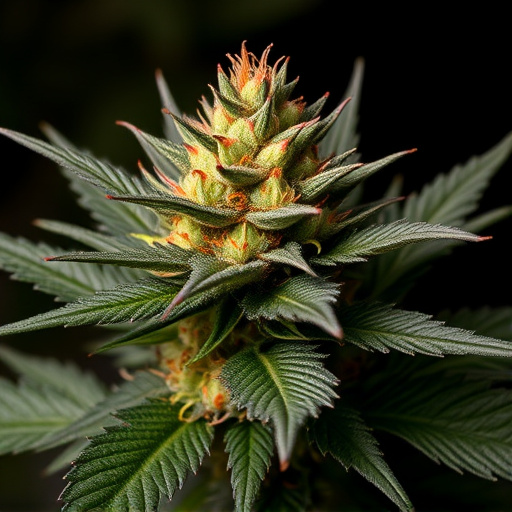
Cannabis aroma is a complex interplay of various factors, and cultivation techniques play a pivotal role in shaping the final scent profile. Growers employ specific methods to enhance desirable traits, leading to the development of the best cannabis strains known for their unique aromas. One key aspect is environmental control during growth, including temperature, humidity, and light exposure. These factors influence the metabolic pathways of the plant, directing it to produce certain volatile compounds responsible for distinct scents.
Additionally, different cultivation methods like sea-of-green (SOG), top dressing, and low-stress training can impact aroma. SOG, for instance, maximizes space by growing plants in a dense configuration, allowing better control over airflow and potentially concentrating aromatic compounds. Growers may also use specific nutrients or organic amendments to boost the production of terpenes, which not only contribute to scent but also offer potential therapeutic benefits, making certain strains more sought-after among cannabis enthusiasts.
The aroma of cannabis is a complex interplay between genetic composition, environmental factors, and cultivation techniques. Understanding these elements is key to appreciating the diverse scents and experiences offered by different strains, considered among the best cannabis options available. By exploring a plant’s terpene profile, the influence of its growing environment, and the intricacies of cultivation methods, we can gain a deeper understanding of what makes certain cannabis strains truly remarkable, enhancing our ability to select the perfect scent for any preference.
